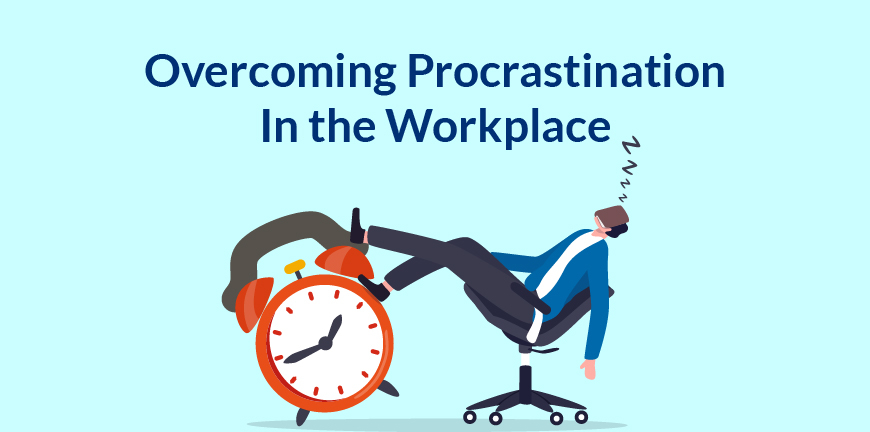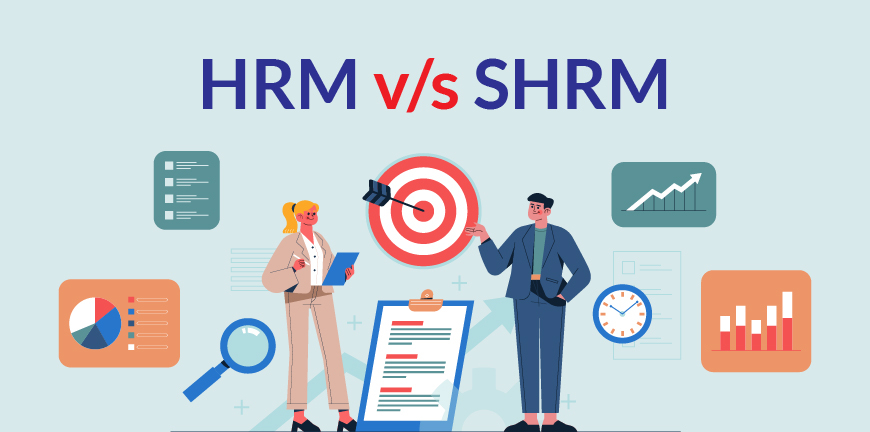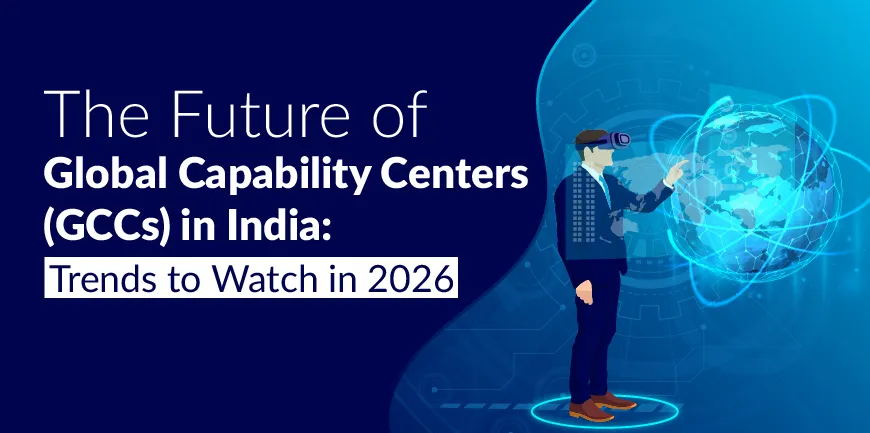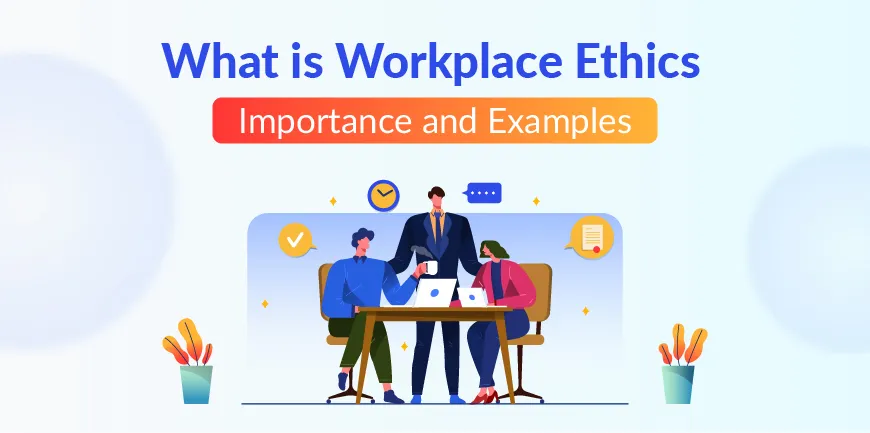
How to Stop Procrastination at Work? 10 Effective Ways
16/06/2023
HRM vs SHRM – Definition, Objectives, Key Differences
22/06/2023Apple’s Vision Pro, a $3500 mixed-reality headset, spiked people’s interest in the term “extended reality. Here’s why! The Apple Vision Pro allows users to see the real world through the headset and also facilitates interaction with digital objects projected onto the real world.
There is no denying that the digital world is running the show today. Of the many technological advancements, XR (Extended Reality) has stood out for the significant impact it has had on businesses.
Extended reality (XR) changed the way of entertain, interact with people, and get our jobs done remotely and securely. The very first case of the impact of extended reality became known when NVIDIA adapted XR, delivering groundbreaking solutions for augmented reality and virtual reality, including leading GPUs, drivers, and SDKs—for professionals, gamers, and developers.
NVIDIA Omniverse XR application delivers the world’s first full-fidelity, fully ray-traced XR experiences. End users’ designers, creators, and engineers will be able to produce 3D virtual worlds at the human scale using the Omniverse XR application.
What is Extended Reality?
Extended Reality is a coined term used to describe the intelligent fusion of physical and virtual places, consisting of Augmented Reality (AR), mixed reality (MR), and virtual reality (VR). It can mean all of them or a combination of two or three. It is essentially a real-world interaction with computer-generated images as well as virtual environments.
The global extended reality market reached 28 billion US dollars in 2021 and is projected to rise to over 250 billion dollars by 2028. Source-Statista
Recent research revealed that more than 60% of respondents believed XR would take over in the next five years.
Before we dive into the complexities and advantages of XR, let’s give you a brief of what MR, AR, AND VR do and where they find applications.
MR (Mixed Reality) basically is the combination of innovative computer technology, graphics, and input devices that mixes the physical and digital worlds. Some of the industries where MR finds its applications are the entertainment sector, sales and marketing, home and real estate tours, education, training, and simulation. Microsoft’s HoloLens 2 is one of the best examples of MR, as it allows you to place digital objects into the
AR (Augmented Reality) is the addition of interactive digital aspects to a live, real-world setting when accessed through a phone, tablet, or headset. The popularity of AR rose due to its advancement, merging audio and digitized imagery using words, animations, and photos.
VR (Virtual reality) is a simulated 3D environment that enables users to explore and interact with a virtual environment in a way that feels almost real, as that is how the users perceive it. In the entertainment and gaming industry, Pokémon Go is one of the most popular examples of the successful implementation of Virtual Reality.
XR finds its application in the virtual environment, especially for simulations, as it offers a secure setting. The healthcare industry and medical professionals have a lot to gain from the characteristics of XR.
Amrita Hospital in Kochi has developed a first-of-its-kind Extended Reality (XR) supported ecosystem in healthcare, leveraging augmented reality (AR), virtual reality (VR), and mixed reality (MR) technologies to significantly enhance capabilities in patient care, medical training, and research. This smart integration can be marked as one of the major milestones in the healthcare industry of India. One of the leading Paediatric cardiologists mentions that it has already been deployed in the treatment of 150 patients.
What is the Impact of XR (Extended Reality) on Businesses?
XR technologies help translate abstract concepts into tangible experiences, offering companies an opportunity to deliver on their promise in unique ways, enhancing productivity, improving efficiency, and engaging customers.
When it comes to extended reality in business, most industries will likely be experiencing maximum disruption due to the extensive efficiency in processes fuelled by XR.
1. Entertainment
XR for entertainment may sound trivial. But here’s some news for you! The XR gaming market is expected to reach $18 billion by this year. Not so trivial, right? Gamers can get a sense of what their chosen scenes would look like in real life, whether they are crossing into another era, or place, or exploring fantastic, futuristic worlds. Customers can virtually experience live music and sporting events while wearing VR headsets.
For example, The South Korean boyband BTS’s exhibition, that took place in Hong Kong and Moscow respectively in November 2021, presented Extended Reality technologies to create a cube-shaped space built with light-emitting diode (LED) walls playing “BTS Map of the Soul ON: E,” a mere online concert was able to attract more than 990,000 fans in 2020.
2. Healthcare
During the pandemic, doctors resorted to using XR extensively to offer remote care to patients. Ever since, medical institutions have been experimenting with XR tools for advanced healthcare research, for developing user-based experiments. One recent example was clinical research for bipolar disorder that was being conducted at King’s College, London, England. In this particular case, Various strands of XR are developed to assess patients’ reactions to develop a long-term solution for those suffering from the condition.
3. Manufacturing
Although the sector has progressed with digital transformations, most manufacturing companies have yet to adapt XR in their industrial processes. The question is, how can the manufacturing sector utilize extended reality? With XR, manufacturers will be able to streamline processes, improve product development, and collaborate effectively. Some of the common use cases in this sector are-
- Rapid product development.
- Robust and improvised training and guidance.
- XR fuelled process improvements and efficiency.
- Quicker maintenance and repair.
- Better collaboration.
4. Product development
Some of the manufacturing firms have been using extended reality to design and manufacture products. The advancement of XR has facilitated the development of products in industries more easily and simply.
With XR development, engineers can easily test the products in virtual and augmented reality and make changes until they have the desired output. In the manufacturing process, it can be used to ensure that workers are overseeing the product assembly and the product line.
5. Engineering and production
A skilled workforce is necessary in the engineering and production industry to enhance productivity. But training workers could end up being a costly affair. With XR, you can save money and time and avoid injuries as designers and clients can immerse themselves while drafting the plans using CAD, enabling greater exploration of design space.
6. Food
From streaming training content to creating a virtual simulation of food production processes or stimulation of real-life scenarios, XR offers a new way of looking at things and executing them. One of the main aspects when it comes to food production is overseeing the hygiene facilities. With MR devices like HoloLens, a digital layer, like routine hygiene inspection, that highlights critical areas that may be overlooked by manual processes, can be added to it.
7. Education
A study by the National Education Association revealed that lectures have a learning retention rate of 5% and reading has a learning retention rate of 10%. Get this, VR apparently has a learning retention rate of 75% as it made learning more engaging with immersive technology.
According to News Direct, five US Higher-Ed Programs, like Colorado State University’s Clapp Lab, Florida International University, are extensively using XR to transform how college students learn.
8. Marketing and Retail
Virtual reality has paved new paths for brands to engage with consumers, offering immersive ways to interact with new products. Consumers can now experience and visualise goods before making a physical purchase. And for stakeholders, the technologies help them to make a clear-cut purchase decision.
9. Real Estate
Architects and interior designers can leverage XR to bring life to their designs and highlight them to clients, giving them a virtual, real feel of the design. Did you know, with XR, real estate managers and agents can also benefit by streamlining the rental process by allowing potential tenants to view properties virtually, enhancing customer experience while providing strong business opportunities.
What are the Challenges of Extended Reality (XR)?
With great power comes great responsibility. Undoubtedly, with the numerous advantages it poses, XR definitely has its own risks as well, which need to be handled responsibly and with care. Some of the main problems companies, business leaders face are-
1. Legal Concerns and Ethical Challenges
The rapid advancement of XR may pave the way for illegal virtual videos and violence to be readily available, causing unrest and potential traumatic events. The absence of clear laws and regulations would magnify these consequences, creating legal issues.
Talking about ethical challenges, XR allows a person to interact virtually with characters online, so the question arises: Should there be a rule of reciprocity to fictional characters in the virtual world? If so, should we overlook the immoral acts? Is superrealism acceptable even when sensitive content is involved?
2. Cybersecurity and privacy
Reflexes, information about preferences, habits, and interests, behavioural patterns, everything is recorded by XR without consent. This could pose hacking issues such as fake news, body swapping, etc.
3. Health Concerns
XR can sometimes result in overstimulation of the brain, causing dizziness, nausea, and other health issues connected to the brain. Post XR hangovers can be avoided if businesses choose and implement technologies that suit their needs.
What is the Future of XR (Extended Reality)?
Extended reality has expanded the potential of AR, VR, and MR by fusing physical and virtual worlds to create new environments and visualizations with the co-existence of physical and digital objects, and changing the way we interact and communicate. MR adds intelligence to digital content relative to the world around them.
With each passing day, we are one step closer to solving these challenges and moving towards experiencing mainstream applications of all XR technologies. XR has helped us break down barriers and enhance our abilities. Whether it is making smart decisions or quickly absorbing, retaining, and processing critical information, visualizing possible scenarios, or sharing knowledge and tasks to evolve, enhance the way we engage with the digital world in both our personal and professional lives.




